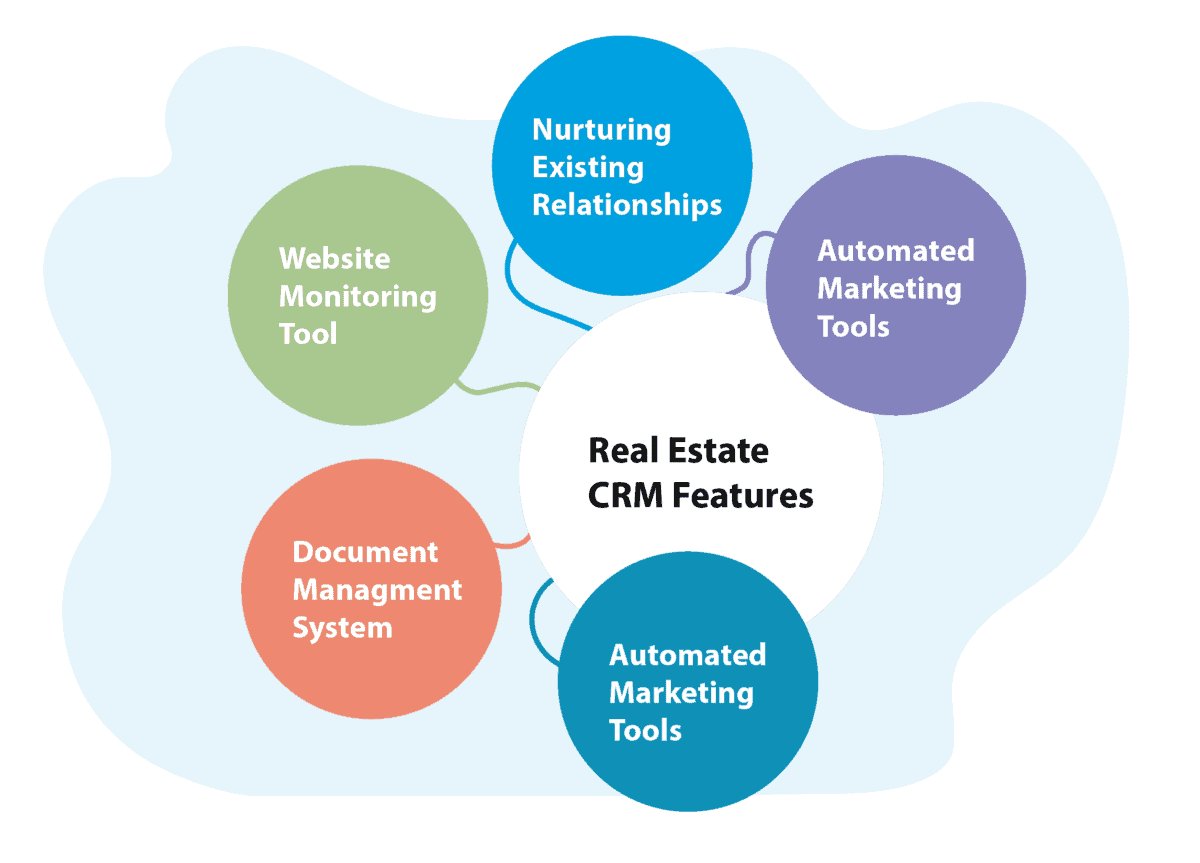
Small Business CRM Setup Guide: Your Complete Roadmap to Customer Relationship Success
Running a small business is a rollercoaster, isn’t it? One minute you’re celebrating a new client, the next you’re juggling a mountain of tasks. In the midst of all this, it’s easy for customer relationships to fall by the wayside. That’s where a Customer Relationship Management (CRM) system comes in. It’s not just for the big guys; it’s a game-changer for small businesses, too.
This comprehensive guide will walk you through everything you need to know about setting up a CRM for your small business. We’ll cover what a CRM is, why you need one, how to choose the right one, and, most importantly, how to set it up and start using it effectively. By the end, you’ll be well on your way to building stronger customer relationships, boosting sales, and streamlining your operations.
What is a CRM and Why Does Your Small Business Need One?
Let’s start with the basics. CRM stands for Customer Relationship Management. At its core, a CRM is a system that helps you manage your interactions with current and potential customers. Think of it as a centralized hub for all your customer data. This includes contact information, communication history, sales pipelines, and much more.
But a CRM is more than just a database. It’s a strategic tool that can transform how you do business. Here’s why your small business needs a CRM:
- Improved Customer Relationships: A CRM gives you a 360-degree view of your customers. You can track their interactions, understand their needs, and personalize your communication. This leads to happier customers and increased loyalty.
- Increased Sales: With a CRM, you can track leads, manage your sales pipeline, and identify opportunities to close deals. You can also automate sales tasks, freeing up your time to focus on selling.
- Enhanced Efficiency: A CRM automates many of the repetitive tasks involved in managing customer relationships, such as data entry and email follow-ups. This frees up your time and allows you to focus on more strategic activities.
- Better Data Insights: A CRM provides valuable data insights into your customers, sales, and marketing efforts. This data can help you make better decisions and improve your business performance.
- Improved Collaboration: A CRM allows your team to collaborate more effectively. Everyone has access to the same customer information, so they can work together more efficiently.
Choosing the Right CRM for Your Small Business
Choosing the right CRM is crucial. There’s a vast landscape of CRM solutions out there, each with its own features, pricing, and target audience. Don’t worry; we’ll break down the key factors to consider to help you make the right choice.
1. Identify Your Needs
Before you start looking at CRM options, take some time to assess your business needs. What are your goals? What are your pain points? What features are essential for your business? Consider these questions:
- What are your primary business goals? (e.g., increase sales, improve customer service, streamline marketing)
- What are your current customer relationship management challenges? (e.g., disorganized data, missed follow-ups, lack of communication)
- What specific features do you need? (e.g., contact management, sales pipeline management, email marketing integration, reporting)
- How many users will need access to the CRM?
- What is your budget?
Answering these questions will help you narrow down your options and focus on the CRM solutions that are the best fit for your business.
2. Consider Your Budget
CRM pricing varies significantly. Some CRM systems offer free plans, while others can cost hundreds or even thousands of dollars per month. Determine your budget and stick to it. Consider both the initial setup costs and the ongoing subscription fees. Also, factor in the cost of training and any potential add-ons or integrations.
3. Evaluate Features
Not all CRM systems are created equal. Some offer a wide range of features, while others focus on a more specific set of functions. Consider the features that are most important for your business. Here are some common CRM features to look for:
- Contact Management: This is the core of any CRM. It allows you to store and manage customer contact information, including names, addresses, phone numbers, and email addresses.
- Sales Pipeline Management: This feature helps you track your sales process, from lead generation to closing deals.
- Lead Management: This feature helps you capture, qualify, and nurture leads.
- Email Marketing Integration: This allows you to integrate your CRM with your email marketing platform, so you can send targeted emails to your customers.
- Reporting and Analytics: This feature provides you with insights into your customer data, sales performance, and marketing efforts.
- Integration with Other Tools: Consider whether the CRM integrates with other tools you use, such as your email provider, accounting software, and social media platforms.
- Automation: Features that automate tasks like email follow-ups, task creation, and lead assignment can save you time.
4. Research and Compare Options
Once you know your needs and budget, it’s time to research different CRM options. Here are some popular CRM systems for small businesses:
- HubSpot CRM: A popular choice for its free plan and user-friendly interface. It offers a wide range of features, including contact management, sales pipeline management, and email marketing integration.
- Zoho CRM: A robust and affordable option with a wide range of features, including sales automation, marketing automation, and customer support.
- Pipedrive: A sales-focused CRM that’s known for its intuitive interface and powerful sales pipeline management features.
- Freshsales: Another great option, particularly for its focus on sales and its user-friendly interface.
- Salesforce Essentials: A scaled-down, more affordable version of the industry-leading Salesforce, well-suited for smaller teams.
Read reviews, compare features, and consider free trials to get a feel for each system. Don’t be afraid to ask for demos to see how the CRM works in action.
5. Consider Scalability
Choose a CRM that can grow with your business. As your business expands, you’ll need a CRM that can handle more users, more data, and more complex processes. Make sure the CRM you choose offers the features and scalability you’ll need in the future.
Setting Up Your CRM: A Step-by-Step Guide
So, you’ve chosen your CRM. Now comes the fun part: setting it up! This process can seem daunting, but with a systematic approach, you can get your CRM up and running quickly and efficiently.
1. Planning and Preparation
Before you dive into the technical setup, take some time to plan your CRM implementation. This includes:
- Define Your Goals: What do you want to achieve with your CRM? (e.g., improve sales, enhance customer service, increase efficiency)
- Identify Your Data Needs: What customer data do you need to capture and track? (e.g., contact information, purchase history, communication history)
- Map Your Sales Process: Understand your sales process and how it will be reflected in the CRM.
- Assign Roles and Responsibilities: Determine who will be responsible for managing the CRM and using its features.
- Create a Data Migration Plan: If you’re migrating data from another system, plan how you’ll transfer the data to the new CRM.
2. Account Creation and Initial Setup
Once you’ve planned, it’s time to create your CRM account and start the initial setup. This typically involves:
- Signing Up for an Account: Go to the CRM provider’s website and sign up for an account.
- Choosing a Plan: Select the plan that best suits your needs and budget.
- Setting Up Your Company Profile: Enter your company information, such as your name, address, and logo.
- Adding Users: Create user accounts for each member of your team who will be using the CRM.
- Customizing the Interface: Personalize the CRM interface to match your branding and preferences.
3. Data Import and Organization
One of the most critical steps is importing your existing data into the CRM. This is where you’ll transfer your customer contacts, leads, and other relevant information. Here’s how to do it:
- Prepare Your Data: Clean up your data and ensure it’s in a format that the CRM can import. This often involves exporting your data from spreadsheets or other systems.
- Choose an Import Method: Most CRMs offer several import methods, such as importing from a CSV file or connecting to another system.
- Map Your Fields: Match the fields in your data file to the corresponding fields in the CRM.
- Import Your Data: Upload your data and let the CRM import it.
- Review and Verify: Check the imported data to ensure it’s accurate and complete. Correct any errors.
- Organize Your Data: Categorize your data, create segments, and create custom fields as needed.
4. Customization and Configuration
Every business is unique, and your CRM should reflect that. Customization allows you to tailor the CRM to your specific needs. This might include:
- Customizing Fields: Add custom fields to capture the specific information you need about your customers.
- Creating Custom Views: Create custom views to display the data that’s most important to you.
- Configuring Workflows and Automation: Set up workflows and automation rules to streamline your processes.
- Integrating with Other Tools: Connect your CRM with other tools you use, such as your email provider, accounting software, and social media platforms.
- Setting Up Sales Pipelines: Configure your sales pipelines to reflect your sales process.
5. Training and Onboarding
Once your CRM is set up, it’s time to train your team on how to use it. This is crucial for ensuring that everyone adopts the CRM and uses it effectively. Consider these steps:
- Develop a Training Plan: Create a plan that outlines the training topics and schedule.
- Provide Training Materials: Create training materials, such as user guides, videos, and tutorials.
- Conduct Training Sessions: Conduct training sessions for your team, either in person or online.
- Offer Ongoing Support: Provide ongoing support to your team, such as answering questions and troubleshooting issues.
- Encourage Adoption: Encourage your team to use the CRM regularly and provide feedback.
6. Testing and Refinement
Before you fully launch your CRM, test it thoroughly to ensure everything is working correctly. This includes:
- Testing Data Entry: Enter sample data to test the data entry process.
- Testing Workflows and Automation: Test your workflows and automation rules to make sure they’re working as expected.
- Testing Integrations: Test your integrations with other tools to ensure they’re working correctly.
- Gathering Feedback: Gather feedback from your team to identify any issues or areas for improvement.
- Making Adjustments: Make any necessary adjustments based on your testing and feedback.
7. Ongoing Management and Optimization
Setting up your CRM is just the beginning. To get the most out of your CRM, you’ll need to manage it effectively and continuously optimize it. This includes:
- Data Hygiene: Regularly clean up your data to ensure it’s accurate and up-to-date.
- User Adoption: Encourage your team to use the CRM regularly and provide ongoing training and support.
- Reporting and Analytics: Use the CRM’s reporting and analytics features to track your progress and identify areas for improvement.
- Workflow Optimization: Continuously optimize your workflows and automation rules to improve efficiency.
- Regular Updates: Stay up-to-date with the latest CRM features and updates.
Tips for a Successful CRM Implementation
To maximize your chances of success, keep these tips in mind:
- Start Small: Don’t try to implement everything at once. Start with the core features and gradually add more features as needed.
- Get Buy-In from Your Team: Involve your team in the CRM implementation process to get their buy-in.
- Provide Adequate Training: Ensure your team receives adequate training on how to use the CRM.
- Set Clear Goals: Define clear goals for your CRM implementation and track your progress.
- Be Patient: CRM implementation takes time and effort. Be patient and persistent.
- Regularly Review and Adapt: CRM is not a “set it and forget it” type of tool. Regularly review how your team uses the CRM and adapt your processes based on feedback and results.
- Choose the Right Integration: Ensure any integrations are properly set up and tested.
Troubleshooting Common CRM Setup Issues
Even with careful planning, you might encounter some hiccups during your CRM setup. Here are some common issues and how to address them:
- Data Migration Issues: Data migration can be tricky. Ensure your data is clean and in the correct format. If you encounter issues, contact your CRM provider’s support team.
- User Adoption Problems: If your team isn’t using the CRM, it’s a problem. Provide more training, address any concerns, and emphasize the benefits of using the CRM.
- Integration Problems: Ensure all integrations are set up correctly and that data is flowing smoothly between systems.
- Performance Issues: If the CRM is slow, it could be due to a large amount of data or a slow internet connection. Optimize your data and ensure your internet connection is stable.
- Lack of Customization: If the CRM isn’t meeting your needs, you may need to customize it further. Explore the customization options offered by your CRM.
The Future of CRM for Small Businesses
The CRM landscape is constantly evolving. Here’s what you can expect in the future:
- AI-Powered CRM: Artificial intelligence (AI) is playing an increasingly important role in CRM. AI can automate tasks, provide insights, and personalize customer interactions.
- Mobile CRM: Mobile CRM solutions are becoming more prevalent, allowing businesses to access their CRM data from anywhere.
- More Integration: CRMs will continue to integrate with other tools and platforms, providing a seamless experience for users.
- Focus on Customer Experience: CRM will continue to focus on improving the customer experience.
- More Affordable Options: As technology advances, CRM solutions will become more affordable, making them accessible to even more small businesses.
Conclusion: Embrace the Power of CRM
Setting up a CRM for your small business is an investment that can yield significant returns. By following this guide, you’ll be able to choose the right CRM, set it up effectively, and start building stronger customer relationships. Remember that implementing a CRM is not a one-time task; it’s an ongoing process of management and optimization. With the right CRM in place, you can streamline your operations, boost sales, and take your small business to the next level. Don’t delay; start your CRM journey today and unlock the full potential of your customer relationships!

